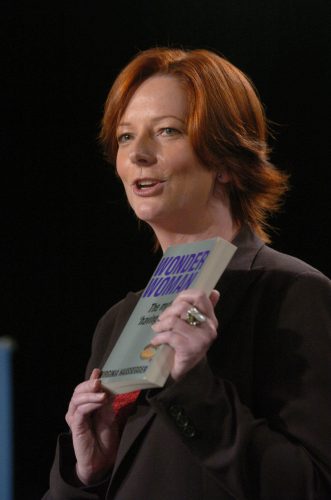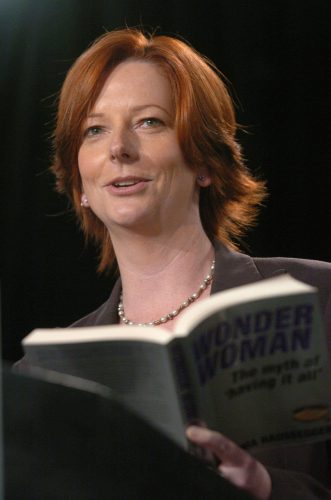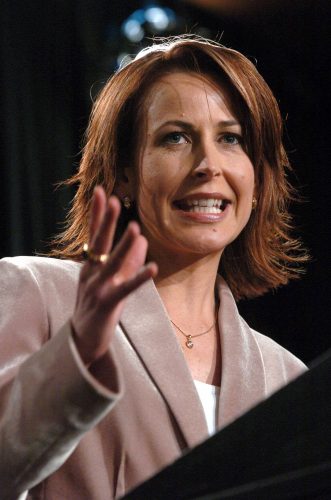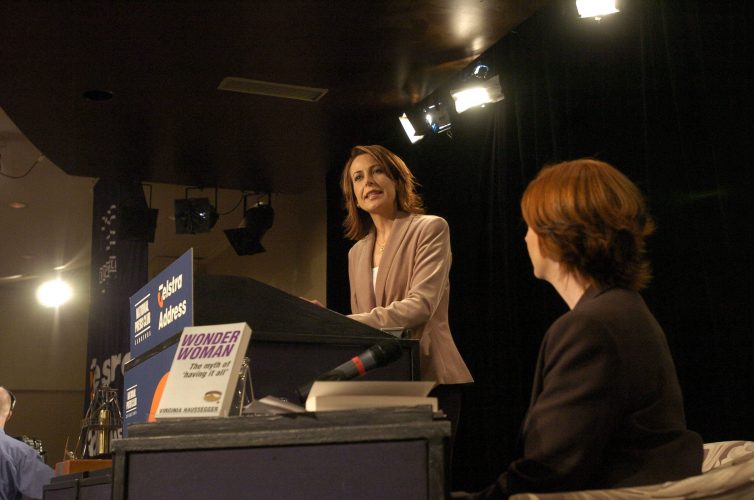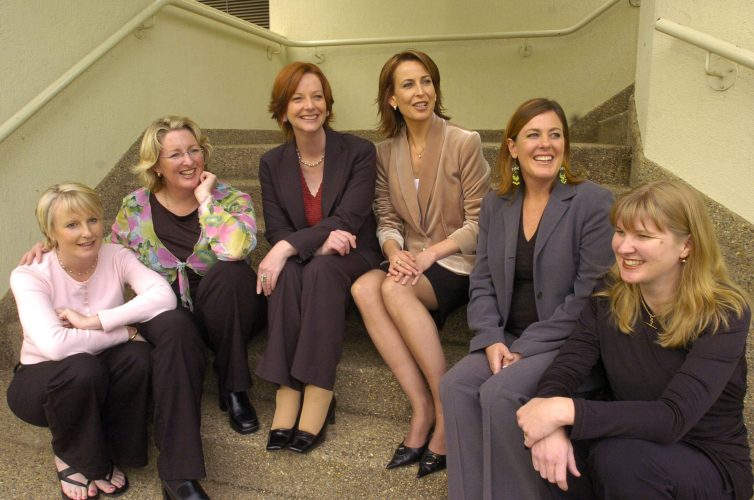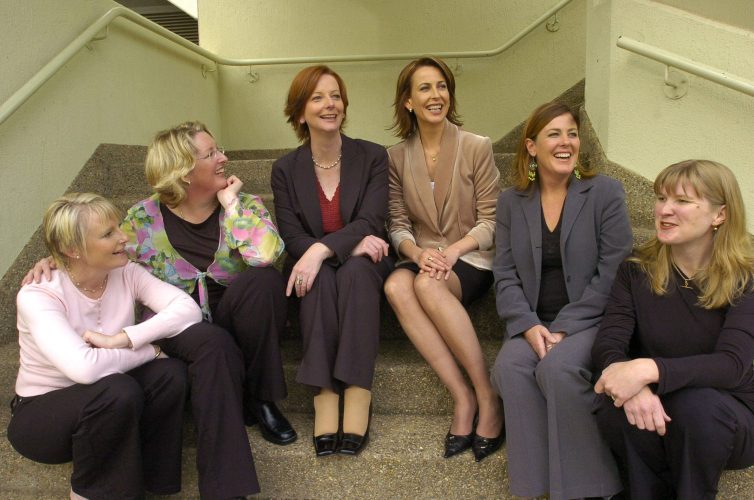The evening security guard at Old Parliament House thought he had me pegged: a Floriade tragic attempting a rose bushel heist from the House of Reps Garden. I’m innocent. But I understand his concern. It was pitch black, dead of night and I was pacing up and down The Centenary of Women’s Suffrage Commemorative Walk, just inside the Members Gate.
Do you know how many steps it takes to cover the progress of women in Parliament since winning the right to vote? If you’ve got short legs, it’s about 40 paces from 1902 to 2002. If you’ve got security on your tail, it’s even fewer.
It’s always concerned me that the commemorative walk isn’t a marathon track, with a lot more milestones marked along its path. Why, after winning the vote and the right to stand for election, did it take another 41 years before the first woman took a seat in Federal Parliament? And why now, more than a century later, has the representation of women in parliaments across Australia plateaued at 31 per cent? More importantly, why do we think it’s acceptable for men to continue outnumbering women by more than two-thirds in making the rules and laws about how we live, and deciding what ”values” we should live by.
Queensland Senator Claire Moore, a national convenor of Emily’s List, the Labor Party’s fund-raising network for women candidates, says the issue of getting women into Parliament has taken a back seat. ”It’s like, yes we’ve done that, tick, it’s been dealt with. But it hasn’t. We’ve got such a long way to go.”
The Emily’s List network wants women to hold 40 per cent of Labor seats by 2012. That seems like eons away, given what’s going on today in Senator Moore’s own backyard when Queensland Labor holds ballots for several federal seats. On early predictions the outcome looks grim, as the sunshine state might end up with only three female candidates in the state’s 29 seats. Moore is blunt about such a result: ”A shocker, I think that’s the technical term.”
While the Liberal Party’s representation of women in federal parliament is smaller than Labor’s – women hold 38 per cent of Labor and 21 per cent of Liberal seats – the Libs can nevertheless boast some significant achievements: the longest-serving woman in Cabinet, Amanda Vanstone; and since Federation, seven out of the 10 women who have served in cabinet have been Liberals. No doubt such wins won’t be lost on the gala gathering to be hosted by Senator Helen Coonan this Thursday, which aims to raise money to commission a new book about Liberal women.
But while every gain and milestone women reach along the path to winning a fair share of power is cause to celebrate, let’s not lose sight of how small these gains are.
I was stopped short recently when a local media commentator mused to the ABC’s Alex Sloan on radio, ”You know, it’s kind of disconcerting, there is something kind of freakish about a woman succeeding in politics.” Freakish! When I caught my breath, I realised – he’s right.
It is freakish to see a woman succeed in politics, because it’s so rare. The handful of ”women-to- watch” and ”women-leaders-in-the- making” have all been shot down one way or other as whores, harlots, liars or lightweights: think Kernot, Kelly, Kirner, Lawrence, Stott Despoja, Bronwyn Bishop etc. No doubt there are some eagerly waiting for a public fall from grace for Gillard, Coonan and Bishop. Amanda Vanstone however, seems to be in a league of her own, and her staying power reaps bipartisan applause among women. Moore says Vanstone’s success ”sends a really good message to women. I use her all the time as an example for young women I’m training.” Despite being poles apart in their politics, it’s not surprising that a Labor woman might shine the spotlight on a Liberal woman as an inspirational example, and vice versa. In her day as Victorian premier, Joan Kirner became an icon for women of all political persuasions and continues to receive accolades from Liberals.
The fact is, generally speaking, women are more supportive of women, than men are of women. ”Sure we’ve all been done over by another woman at some stage,” Moore says, but in parliament ”women are often more prepared to listen than men.”
It was that kind of preparedness to hear one another out and to co- operate that led to the historic multi- partisan support of the abortion pill legislation earlier this year. And as John Warhurst pointed out on this page this week, across the board women in parliament are proving to be ”decidedly more socially liberal … than their male colleagues”. Warhurst’s research on parliamentary voting on the abortion pill, anti- euthanasia legislation and embryo research have all shown women to be less conservative than men. That in itself is good reason to insist on a greater representation of women in parliament.
But the key reason we must push past this heavy gender imbalance in Parliament is a simple one of proportion. Despite the lip service both the Prime Minister and Opposition Leader pay to representing the views of ordinary Australians, they are simply not. Not while women remain so heavily outnumbered in the chamber, in the vote and in the Cabinet.
